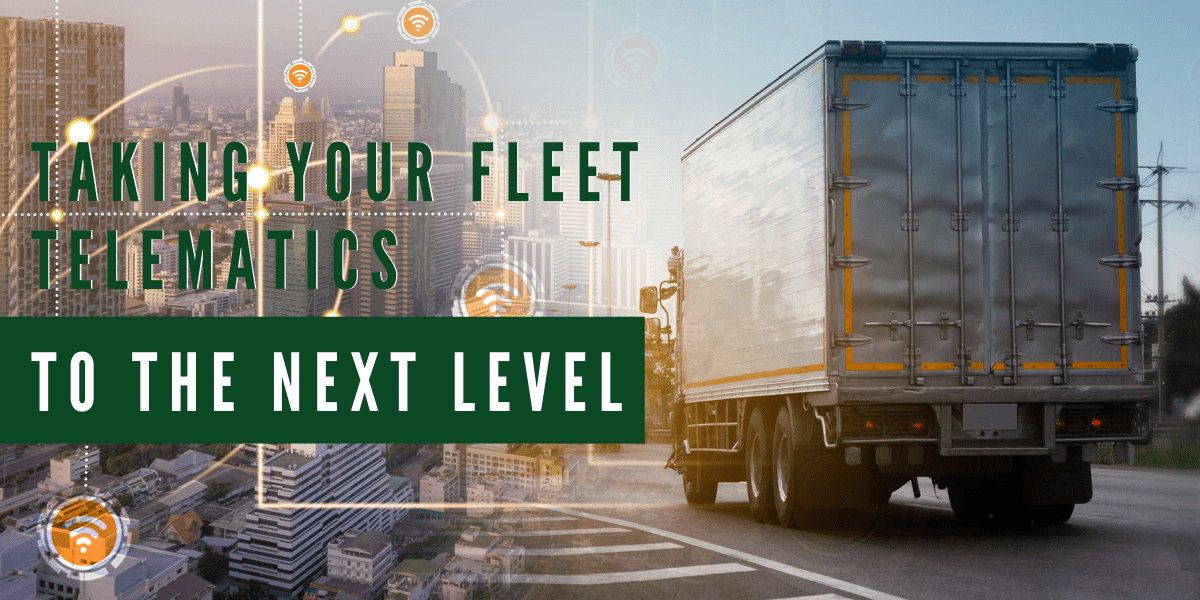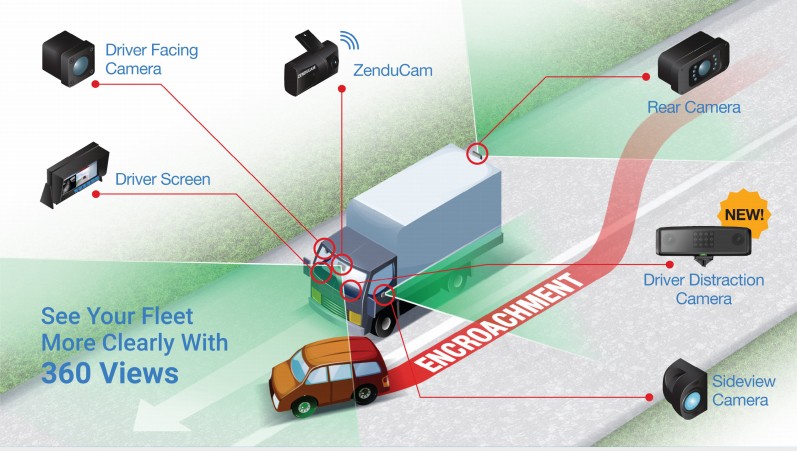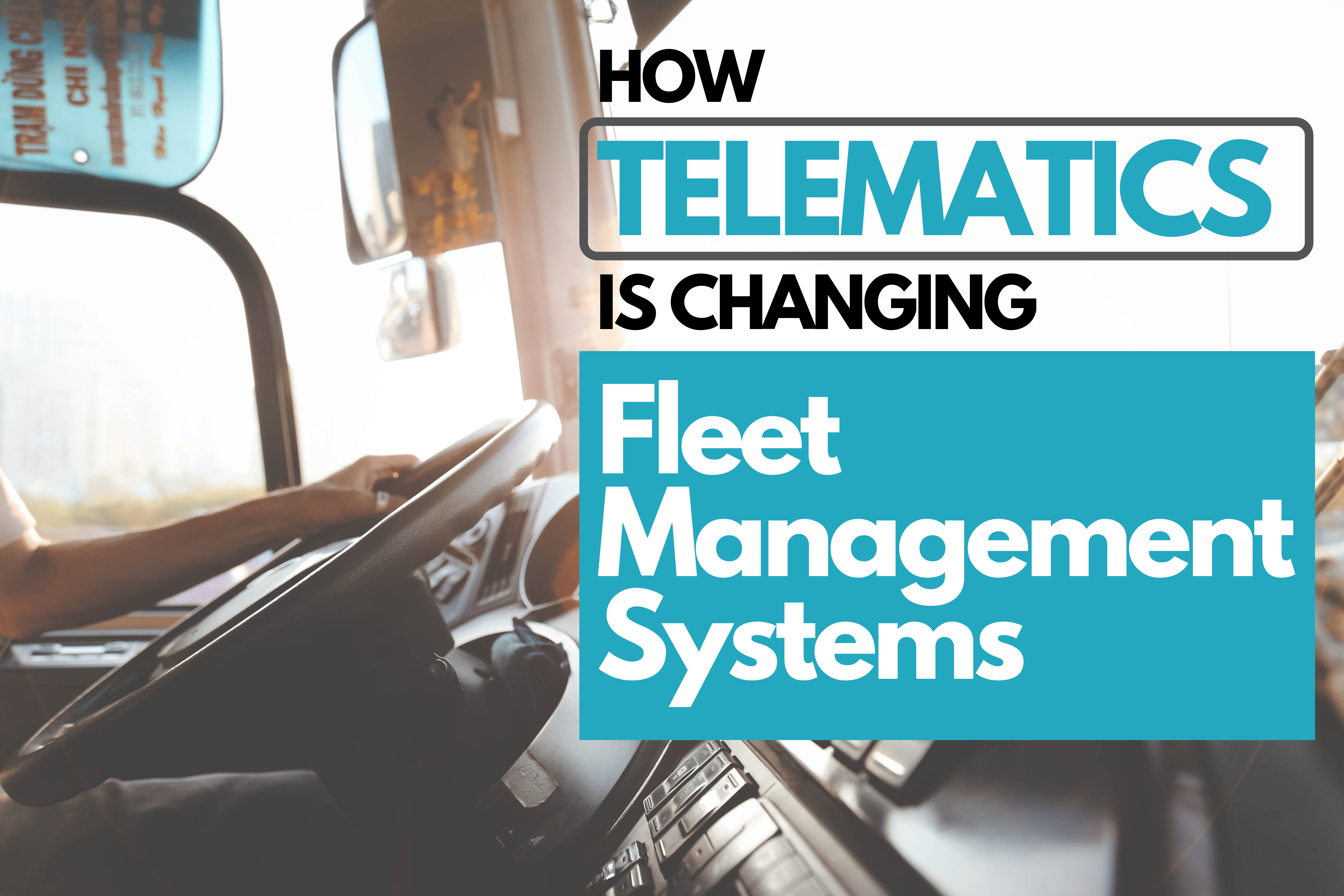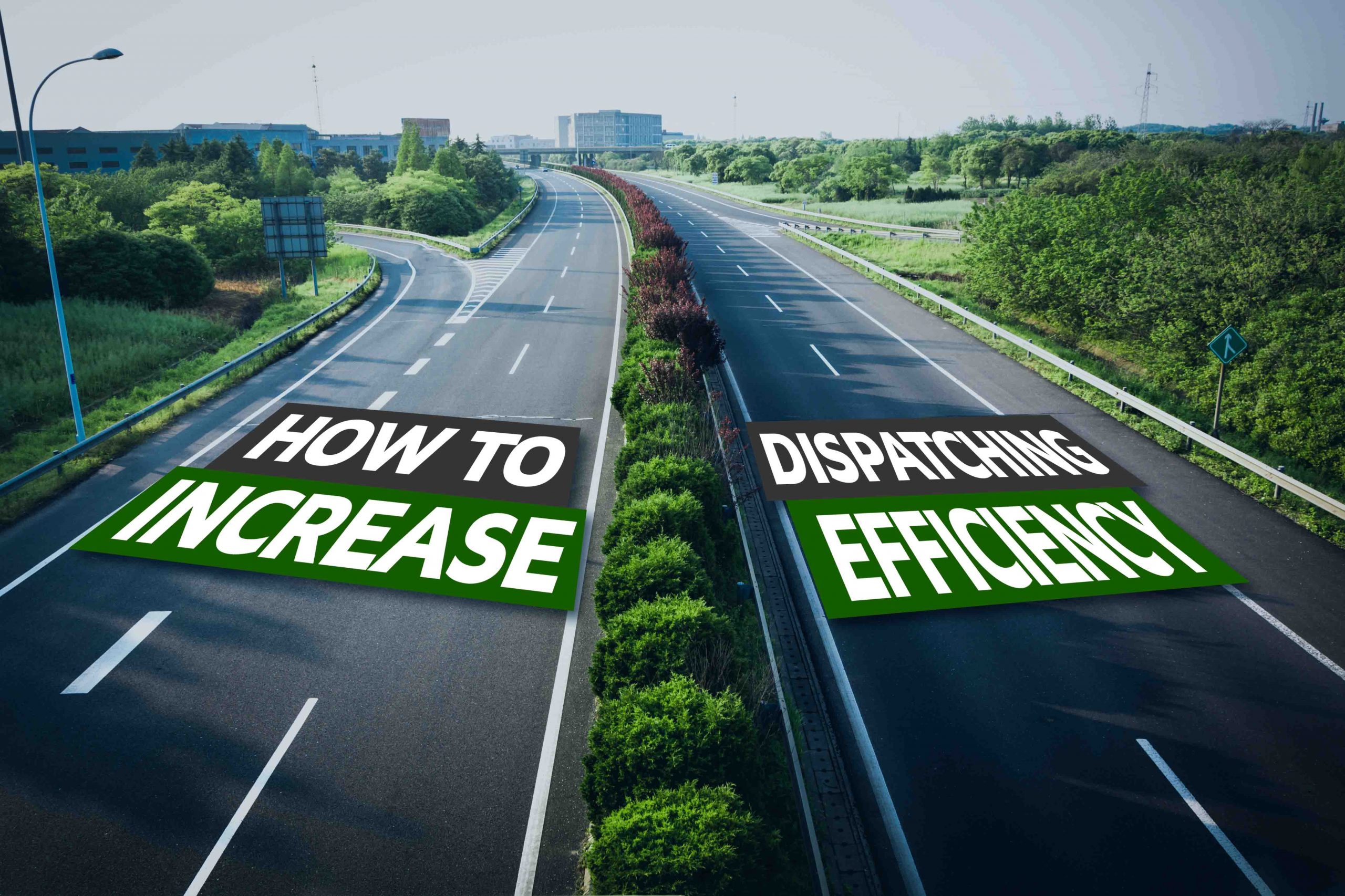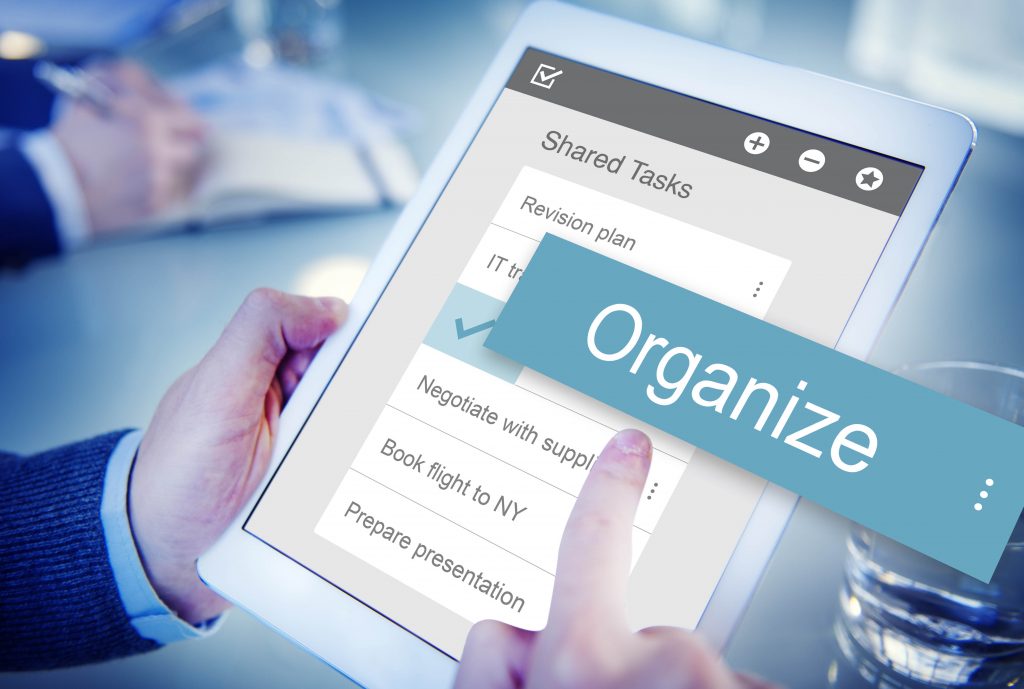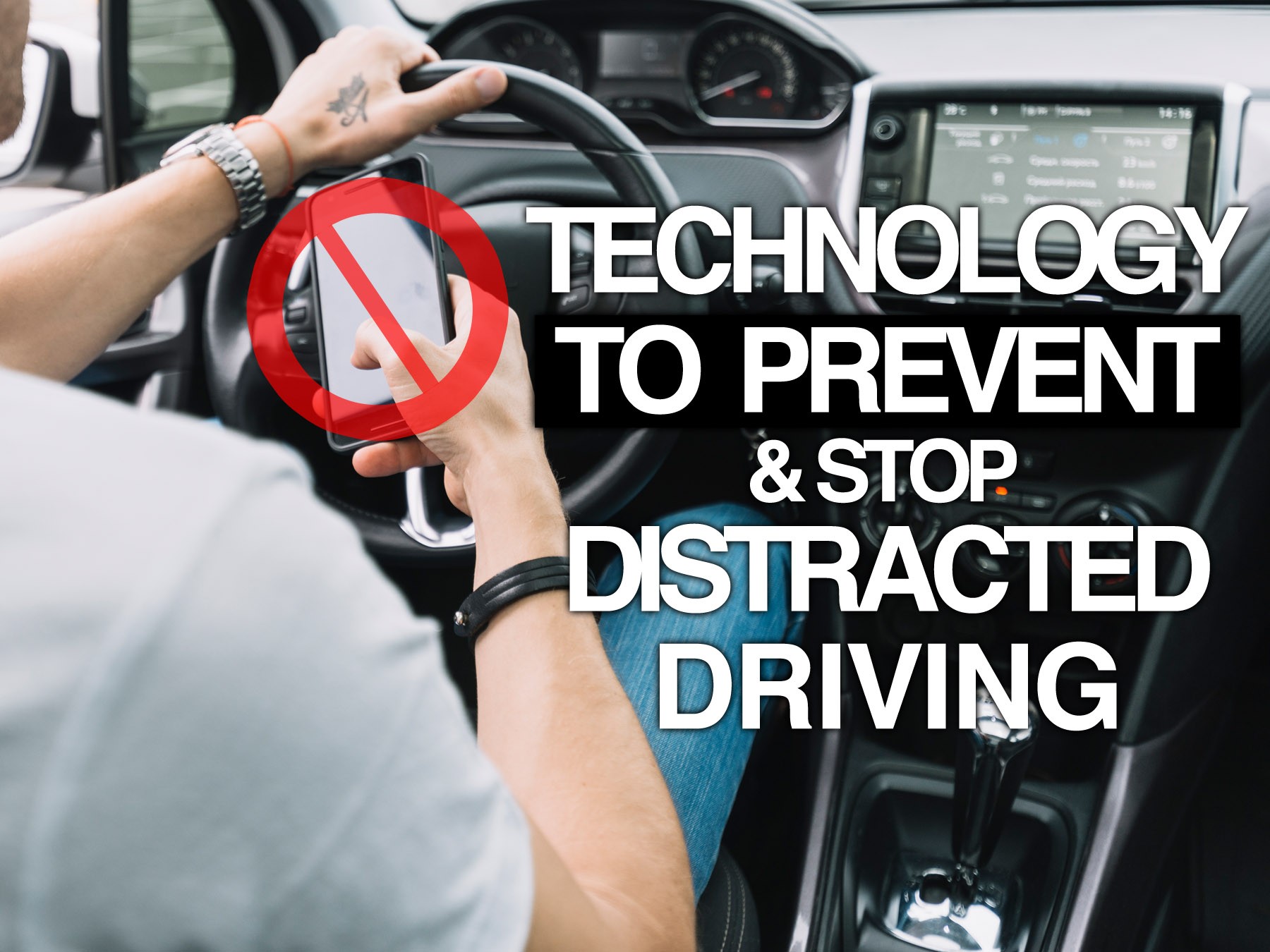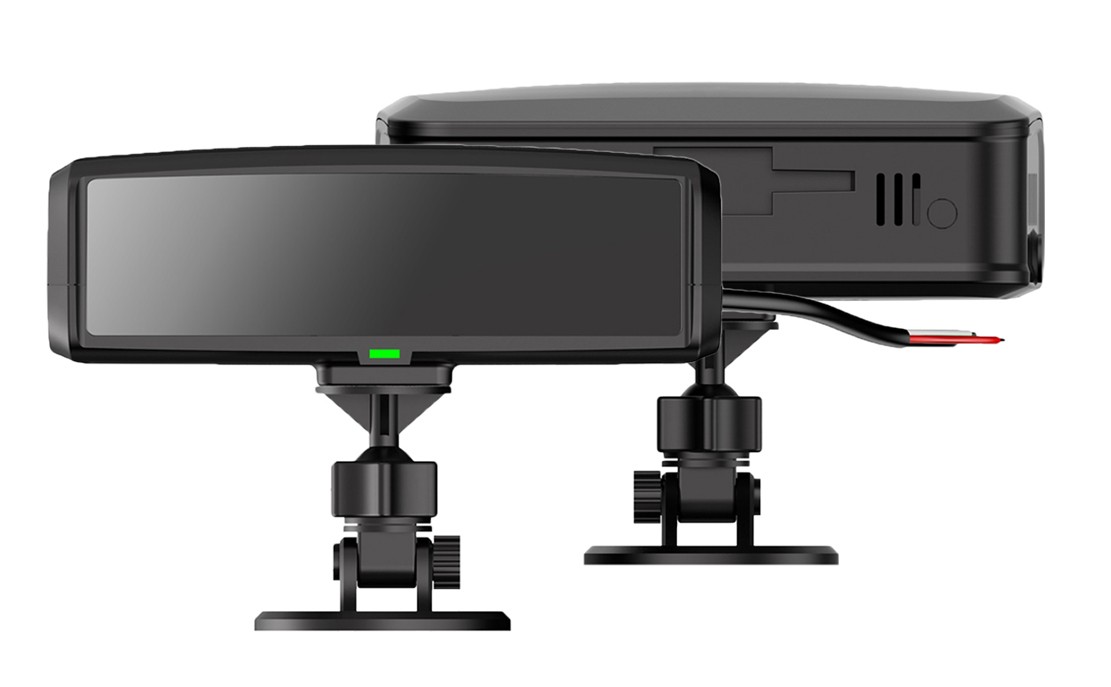Currently the transportation sector is undergoing major changes as the Federal Motor Carrier Safety Administration (FMCSA) and the Canadian Council of Motor Transport Administrators (CCMTA) are creating regulations to better the transportation industry. The main topic of discussion is the new regulation which encourages being ELD compliant. This mandate looks to enforce the use of Electronic Logging Devices (ELDs) in commercial vehicles. While ELD systems are already enforced throughout the United States, Canada is following suit by enforcing the widespread compliance of such electronic logbooks.
With the deadline to become ELD compliant quickly approaching, it’s important for drivers and fleet managers to review whether or not they actually are compliant, and if they’re not, to begin to take the right steps to obtaining an electronic logging device.
Temporary Compliance Under The Grandfather Clause
Even though commercial fleets within the United States are already required to meet ELD compliance, Canadian fleets will soon be under similar regulation. At the moment, electronic logging devices are not mandatory for all vehicles if the vehicle was using an AOBRD (Automatic On-Board Recording Device) prior to December 18, 2017. If an AOBRD was used prior, the drivers will not be forced to implement ELDs until the mandatory start date of June 12, 2021. However, if no AOBRDs were put into use before December 18, 2017, carriers and drivers will be required to use ELDs as of December 16, 2019.
While there are additional specifications to this regulation depending on the daily use or age of the vehicle, it is always recommended that fleets perform additional research to ensure that they are compliant.
Not ELD Compliant? Under The Grandfather Clause? – What You Should Do
If you’re part of the many who are noticing that your fleet will not be compliant come December 16th, or June 2021, it’s critical that you begin to take the right steps to becoming compliant. Or in other words, look for a solutions provider. However, depending on your business, there will be different features that you should pay attention to when investing in an ELD. Specific qualities will not only allow you to stay ELD compliant, but improve your business overall.
Key Factors In Considering How to Choose an ELD Solution
Vehicle Flexibility
When researching electronic logging devices, it’s important to confirm that the device you’re investing in will work in any type of vehicle. Ensuring that an ELD can be used in nearly any commercial vehicle guarantees that your business can grow and that the device can continue to be used. Ensuring that you will be complaint in the future and that the technology is well worth the money you are spending.
Simple Installation And Use
When you’re adopting new technology, it’s critical that the tools you’re implementing are easy to use or install. Devices that are focused on user experience mean that your fleet will embrace it rather than dread it. As well, when a new tool is easy to use, you’re more likely to see positive results from it as there are no excuses to not use it.
Affordability
While researching a product, it can sometimes be hard to not be discouraged by the price. However, when it comes to ELDs, you’re investing in the future of your business. Meaning, you aren’t only spending money to better your fleet, but often, the solutions will help you save money in the long run!
Mobile-Friendly
With technology advancing, it seems as though everything can and should be synced to smartphones. With that mindset and the ability for many solutions providers to do this, it’s critical to confirm that your ELD is mobile-friendly. Ensuring that your solution has smartphone connectivity will make it simple to use and easy to implement.
Consistently Evolving
In addition to ensuring that an electronic logging device can be used on any vehicle, it’s also important to confirm that the device is agile. Purchasing an ELD that is continually evolving will guarantee that no matter how regulations or business goals change, it will be a worthwhile investment.
Leverage The Cloud
Using an ELD that is cloud-based will only benefit you as a fleet driver, owner, or manager as data can be accessed from anywhere. No longer will you need to wait for drivers to provide you with paper documents or wait until you’re provided access to files, everything can be obtained through the cloud. While remote access to data is a major advantage of using cloud-based ELDs, there are additional benefits;
- Increased reliability as data is continuously backed up and stored,
- More reliability as there is no pairing process required,
- Better battery life as power consumption can be reduced,
- Better compatibility to various platforms such as Android and iOS,
- Easy document access so showing compliance is simple,
- And consistent coverage regardless of cellular coverage.
Expandability
It is critical that you are unlimited with the data you’re gathering from ELDs. With this said, expandability (or having unfiltered access to data) is a focus that many are unaware of until they need it! Being able to easily share data to third-party vendors or being able to use integrations through third-party solutions is a feature that needs to be highlighted as it can help make fleet management much easier!
Customer Service
When you’re using any service or buying any product, it’s important to do business with a company who aims to achieve positive customer interactions every time. If you forgo doing business with a customer-focused organization, you may run into problems in the future. With this being said, while you’re researching your next ELD, let us know. We always strive to ensure that our customers are happy not only with the solution they’re investing in, but the experience they’re having!

Thank you Robin Kinsey, HOS/ELD Training Specialist for the valuable insight via Geotab.

